Teach your students about animal adaptations, predators, and more with an origami fox activity designed for your elementary science class.
Easy Origami Fox Craft for Kids
We can’t tell you what the fox says, but we can help you teach your students about this forest animal with a fun step-by-step instruction sheet ready to print and use in your classroom. This easy tutorial walks students through 10 steps to folding square paper into a fox that can then be used in your science lessons.
Both a color and black-and-white version of this printable instruction sheet are available. Select the PDF you prefer from the dropdown button above, beside the word download. You’ll also need square origami paper for students to create their foxes, and some of the ideas outlined below for using the origami fox in your science classes will require more supplies.
How to Use the Origami Fox in Your Science Lessons
Looking for ways to incorporate this activity into your science lessons? Here are a few ideas from our teacher team for kindergarten through 2nd-grade teachers:
Kindergarten:
Use the origami fox to help students get to know what a fox is and learn some facts about a new animal.
- Show your class some pictures of real foxes and talk about their characteristics such as their fur, habitat, diet, etc.
- Hand out origami paper, and project the origami instructions in this resource onto your whiteboard.
- Demonstrate the steps of making an origami fox step-by-step while your students follow along. (You’ll need to pause frequently to make sure kids are keeping or to offer help!)
- Encourage kids to use their imagination and decorate their foxes as they like — the sky’s the limit!
- Ask them to share what they liked about making the origami fox.
- Remind students of the characteristics of real foxes and ask if they remember any of the facts discussed in the introduction.
1st Grade:
Use your origami fox activity to teach your firsties about the fox and its habitat and adaptations.
- Show your class some pictures of real foxes and talk about their characteristics such as their fur, habitat, diet, etc. You could also bring in a stuffed fox toy for students to feel as you talk about the softness of its fur.
- Demonstrate the steps of making an origami fox step-by-step while your students follow along. (You’ll need to pause frequently to make sure kids are keeping or to offer help!)
- Remind your students of the characteristics you introduced earlier and encourage students to decorate their foxes.
- Once they’re done decorating, gather students talk about the foxes’ adaptations (e.g., their fur, sharp teeth, and keen senses) and how these adaptations help them survive in their habitats.
- Ask the students if they can think of other animals with similar adaptations and what those adaptations help them do — this is a great chance to create an anchor chart on adaptations.
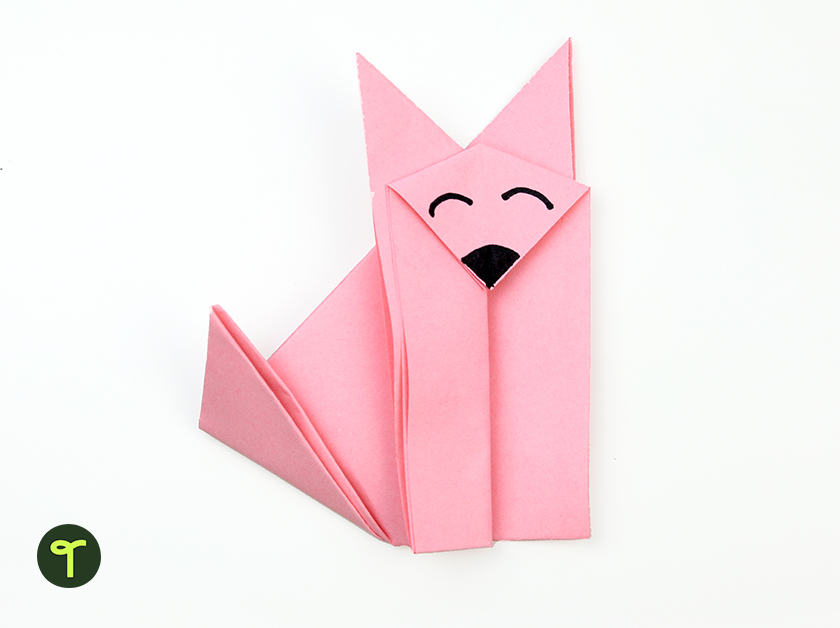
2nd grade:
Use your origami fox activity to teach your 2nd-graders about the fox and its habitat and adaptations plus its role in the forest ecosystem.
- Show your class pictures of real foxes and their habitats and talk about their characteristics (e.g., their fur, habitat, diet, etc.).
- Hand out printed copies of the step-by-step origami instructions, and make your own origami fox while the students follow along from their desks.
- Let students decorate their foxes any way they see fit before sharing their creations with the class.
- As a class, talk about the fox’s role in the forest ecosystem as predators. Explain how these animals help control the populations of other animals and how this balance helps maintain a healthy ecosystem.
- Show the students some pictures of foxes hunting and discuss their adaptations (e.g., their fur, sharp teeth, and keen senses) that help them be successful hunters.
- Create an anchor chart with your students about adaptations by asking your class if they can think of other animals with similar adaptations and what those adaptations help them do.
Teaching about food webs in your science classes? You can also create origami bunnies with the help of this step-by-step guide as you introduce the concept of predator and prey.
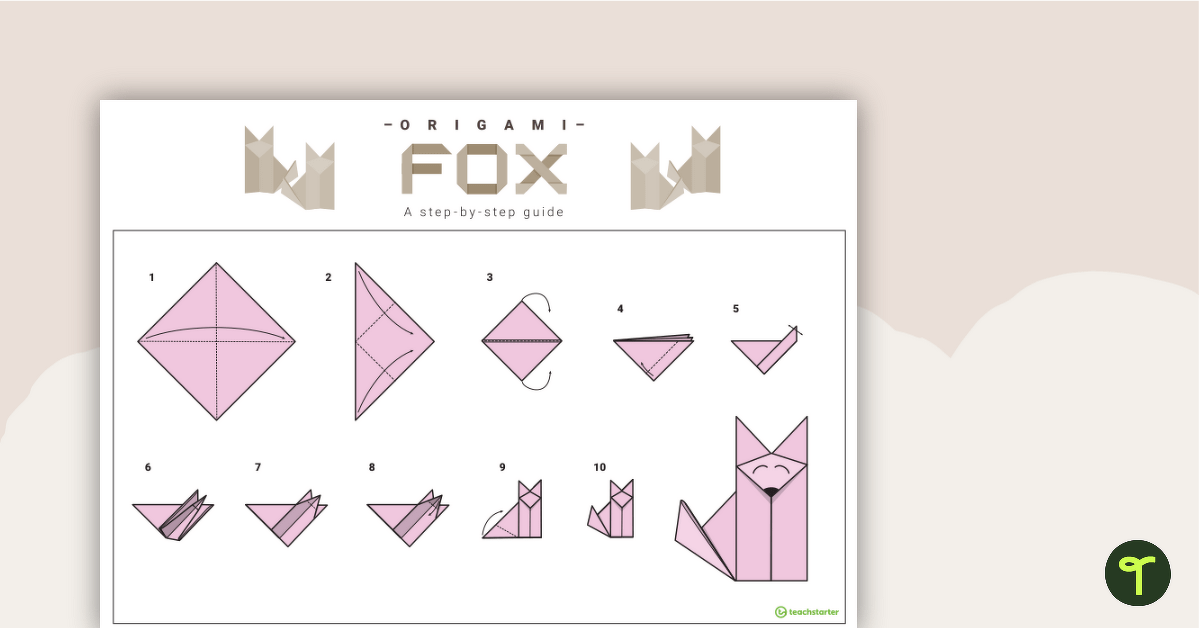


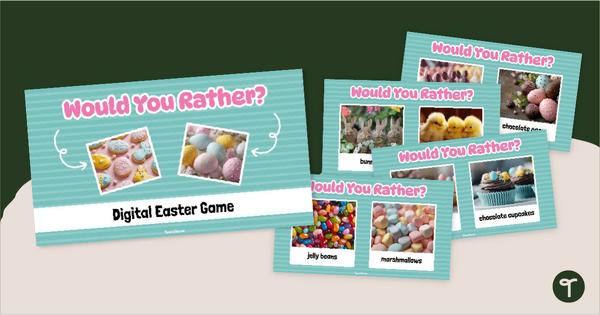
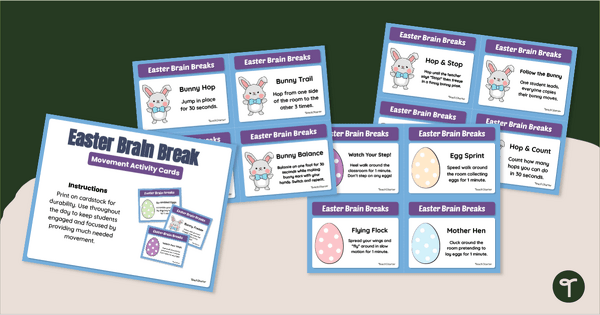
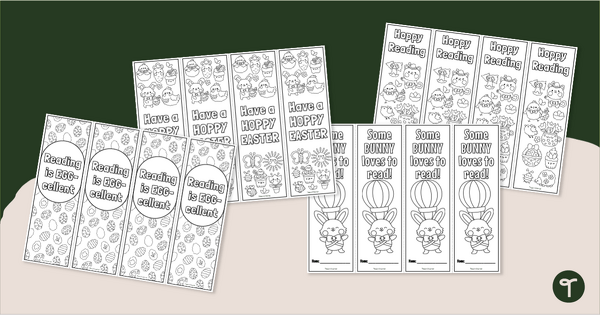

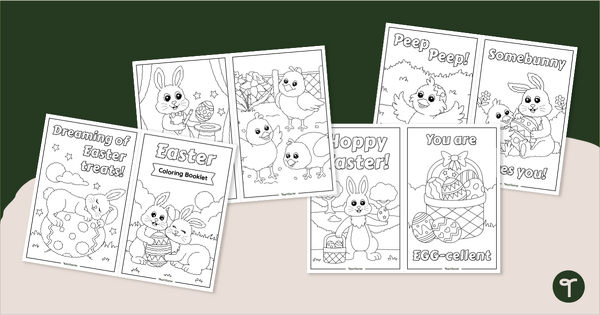
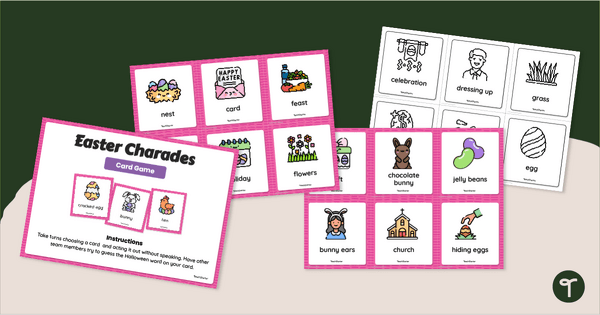
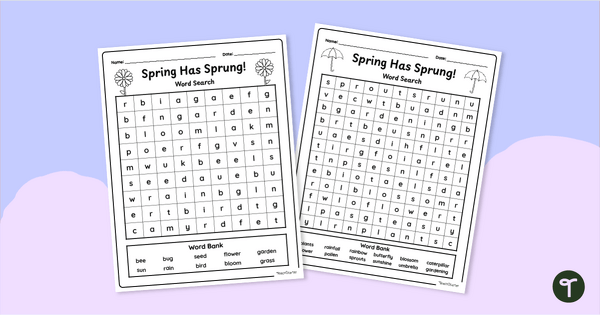
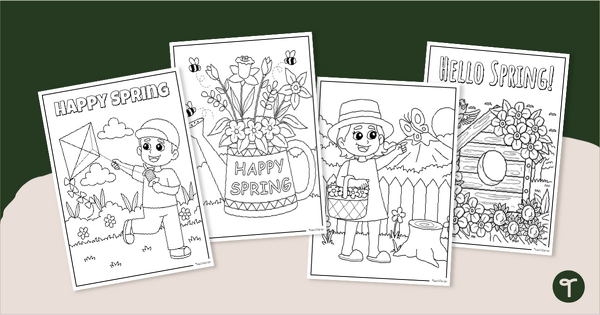
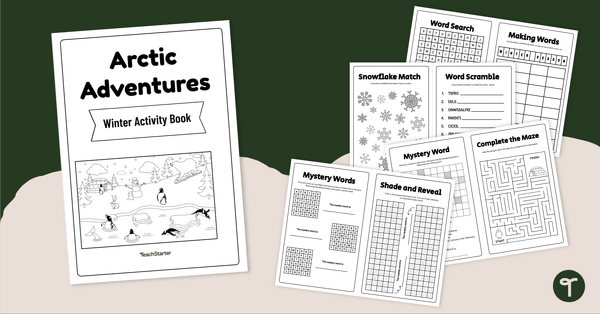
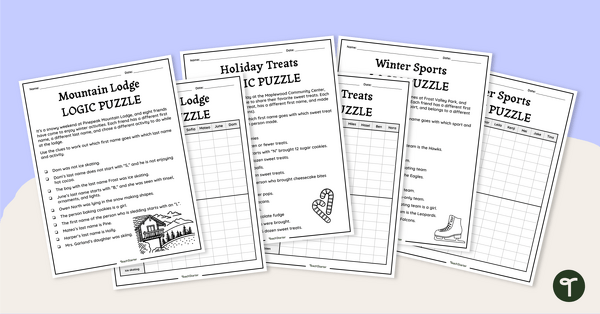
0 Comments
Write a review to help other teachers and parents like yourself. If you'd like to request a change to this resource, or report an error, select the corresponding tab above.